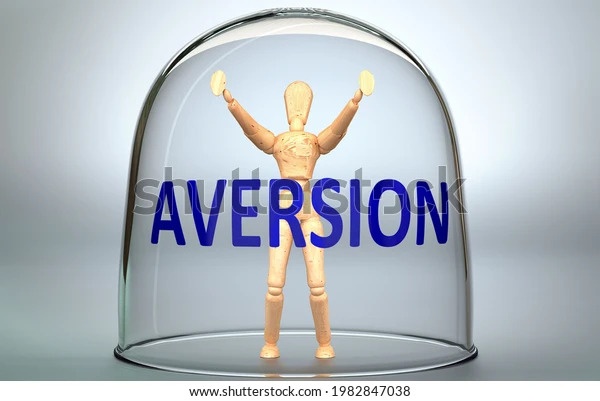Introduction:
Aversion therapy is a type of behavioral therapy that involves repeat pairing an unwanted behavior with pain or distress. For example, a person undergoing aversion therapy to stop smoking might receive an electrical shock every time they view an image of a cigarette. The goal of the conditioning process is to make the individual correlate the stimulus with unpleasant or uncomfortable sensations.
During aversion therapy, the client may be asked to think of or engage in the behavior they enjoy while at the same time being exposed to something unpleasant such as a bad taste, a foul smell, or even mild electric shocks. Once the unpleasant feelings become associated with the behavior, the hope is that unwanted behaviors or actions will begin to decrease in frequency or stop entirely.
Uses:
Aversion therapy can be used to treat a number of problematic behaviors including the following:
- Bad habits
- Addictions
- Alcoholism
- Smoking
- Gambling
- Violence or anger issues.
Methods used in Aversion therapy:
The exact way aversion therapy is performed depends on the undesirable behavior or habit that’s being treated. One commonly used aversive therapy is chemical aversion for alcohol use disorder. The goal is to reduce a person’s craving for alcohol with chemically-induced nausea.
In chemical aversion, a doctor administers a drug that causes nausea or vomiting if the person being treated drinks alcohol. They then give them alcohol so that the person gets sick. This is repeated until the person begins to associate drinking alcohol with feeling ill and thus no longer craves alcohol.
Other methods that have been used for aversion therapy include:
- electrical shock
- another type of physical shock, like from a rubber band snapping
- an unpleasant smell or taste
- negative imagery (sometimes through visualization)
- shame
Efficacy of Aversion therapy:
The overall effectiveness of aversion therapy depends upon a number of factors including:
- The treatment methods and aversive conditions that are used.
- Whether or not the client continues to practice relapse prevention after treatment is concluded.
- In some instances, the client may return to previous patterns of behavior once they are out of treatment and no longer exposed to the deterrent.
Generally, aversion therapy tends to be successful while it is still under the direction of a therapist, but relapse rates are high. Once the individual is out in the real world and exposed to the stimulus without the presence of the aversive sensation, it is highly likely that they will return to the earlier behavior pattern.
Conclusion:
Aversion therapy has also been criticized for the use of unpleasant stimuli in the course of aversion treatment. Some argue that this practice isn’t just unethical, but downright cruel and can be traumatic as well.
There is also a lack of thorough research material that supports the effectiveness of aversion therapy. A lot of the research that has been done over the years shows mixed results compared to other types of therapy, and it’s simply not enough to deter valid criticism about how successful it is.
Despite the valid points made by aversion therapy critics, it is still widely used to correct several types of unwanted habits, and is used especially for addiction treatment.
